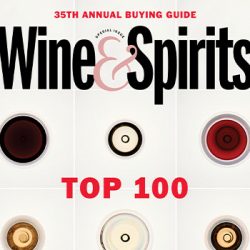Australia
Riverlands
Unico Zelo
Laura and Brendan Carter met at the University of Adelaide, studying agricultural science and oenology, respectively. They started their own label in 2012, two years before Brendan graduated. Based in the Adelaide Hills, they focus on bright, refreshing wines from varieties that are gaining more local attention, like nero d’Avola and barbera, fiano and greco. It was their nero from Riverland, Fresh A.F., that caught us off guard this year. It’s grown by Ashley Ratcliff and made by the Carters without additions other than a little sulfur at bottling to keep it crazy fresh. They blend in a little old-vine zibibbo to add an extra kick to the tart plum and cracked black pepper scents that pour out of the glass. —J.G.
Epicurean Wines, Seattle, WA
Czech Republic
Dluhe Grefty
Jaroslav Tesarik launched Dlúhe Grefty in 2015 (dloo-hey gref-tee, Czech for “long rows”). His six acres in Mutenice in Southern Moravia include a range of cool-climate grapes, which he farms organically and blends into wild wines: Alba Rosales is skin-fermented riesling, gewurztraminer, pinots gris and blanc; Rufus is a spicy blend of riesling and pinot blanc with blaufränkisch. Our favorite this year was Rosa Mixtura, a blend of blauer portugieser, blaufränkisch and cabernet, some of it direct-pressed and some macerated. Unfined, unfiltered, unsulfured and crown-capped, it’s a pale rosé with smoky herbal scents and spicy, salty flavors. Like all his wines, it feels cool and complex, jump-starting the appetite with its combination of richness and tang. —T.Q.T.
Jenny and François Selections, NY
France
Rhône
Domaine Melody
After graduating from the Lycée Viticole d’Orange, Marlène Durand and Marc Romak set out to make their own wine in Crozes-Hermitage. They began experimenting in 2009, with fruit Durand’s family had been growing in Larnage and selling to the co-op; they also partnered with a family friend, Denis Larivière, who provided grapes from his parcels in Mercurol. Now they own nearly 50 acres of vines, split between the clay-limestone of Les Terrasses des Chassis and the kaolin clay of Larnage. Their old-vine fruit allows for concentrated, intense wines like Premier Regard, but it’s the young-vine cuvée, Friandise, that best shows their skills: In 2019, it’s lush and lifted, with scents of flowers and forest on a cool, sunny day, and it remains that way for days after opening. —T.Q.T.
Opici, Glen Rock, NJ
Greece
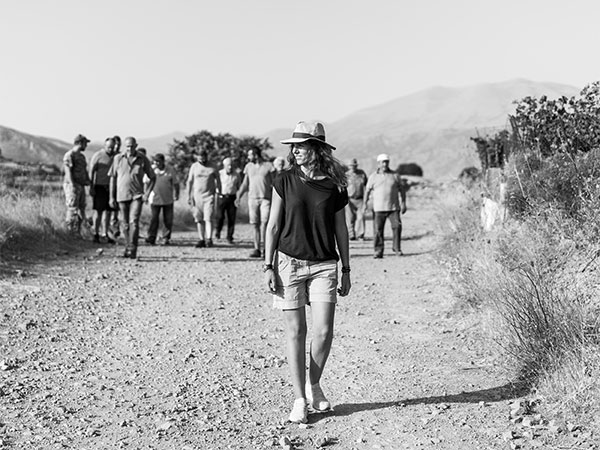

Crete
Malihin-Chryssos
Just a few years ago, Iliana Malihin was at university in Athens, researching vidiano, the white-wine grape of her ancestral home island of Crete. Now, not yet 30, she’s turning out some of the island’s best versions. She works in Rethymno, a rugged, windy area halfway between Iraklion and Chania that once boasted 170 acres of vines, but has since retreated to 25. She’s gained access to nearly half of those remaining parcels, some more than a century old, and farms everything organically. Working with stainless steel and ambient yeasts, she’s producing wines that feel as wild as the land they come from, with notes of fennel and sea salt, sun-baked fruit and stone. N.B.: for releases following this inaugural vintage, the winery will appear on labels as Iliana Malihin. —T.Q.T.
DNS Wines/T. Elenteny Imports, Austin, TX
Italy
Piedmont
Einaudi
Einaudi is one of the oldest houses in Barolo, founded in 1897 by Luigi Einaudi, who became the first president of the Italian republic after World War II. In the 2016 vintage, Einaudi’s Barolos had their best showing ever in our tasting panels, and that’s no coincidence. Matteo Sardagna Einaudi, Luigi’s great-grandson, took full control of the winery in that vintage and made a number of changes, including separate vinifications of all the crus, gentler destemming and pressing, longer macerations in cement vats, and larger casks for aging. The results are impressive, and, considering some of his recent vineyard acquisitions in coveted crus, this is a house to watch in the coming years. —S.J.
Empson USA, Alexandria, VA
Prosecco
L’Antica Quercia
Claudio Francavilla, a former global marketing executive, began working full time at his family’s wine estate in 2015. He made an immediate and significant change in direction, focusing on the Col Fondo category as the traditional expression of Prosecco. He increased production of Su Alto, the estate’s first Col Fondo wine (a frizzante), and initiated a new spumante version called “A” for ancestrale, which will be labeled under the new Sui Lieviti DOCG category created in 2019. Although an outsider to the region, Claudio’s commitment to quality and tradition have positioned L’Antica Quercia to become a leader in Conegliano Valdobbiadene’s growing success. —S.J.
Ethica, Miami, FL
Lebanon
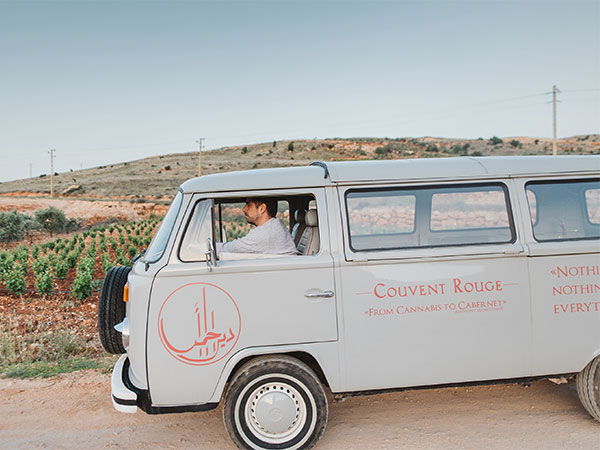

Couvent Rouge
Founded in 1999, Coteaux d’Heliopolos is a fair trade–certified cooperative that encourages farmers in Lebanon’s Bekaa Valley to switch from growing cannabis to wine grapes. By 2010, they had enough fruit to supply their own wine label, Couvent Rouge. Today, winemaker Walid Habchi works with grapes from more than 200 growers to highlight the diversity of the region’s sunny, dry, high-altitude slopes. Their LebNat is the country’s first pét-nat. Together with the elegant 2017 Racine White, made from viognier grown at 6,500 feet in altitude, both offer fresh views into an old winemaking world. —T.Q.T.
Terra Sancta Trading Co., Jacksonville, FL
South Africa
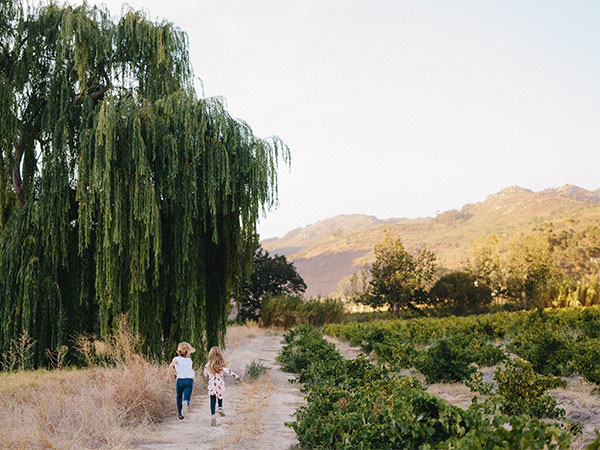

Thorne & Daughters
John and Tasha Seccombe started this project in 2012, seeking out and purchasing fruit from old-vine parcels around the Cape. The sources and blends of their wines change over the years, but hands-off, naturally inclined winemaking sustains a familiar thread in each bottling. The 2018 vintage of Wanderer’s Heart turned heads in our tastings, a complex and aromatically layered blend of cinsault, grenaches noir and gris, mourvedre and syrah. Using the freedom to explore and pursue new vineyard sources, the Seccombes have also been cementing relationships with growers, hoping to raise their bar further. —C.W.
Vine Street Imports, Mount Laurel, NJ
Spain
Montsant
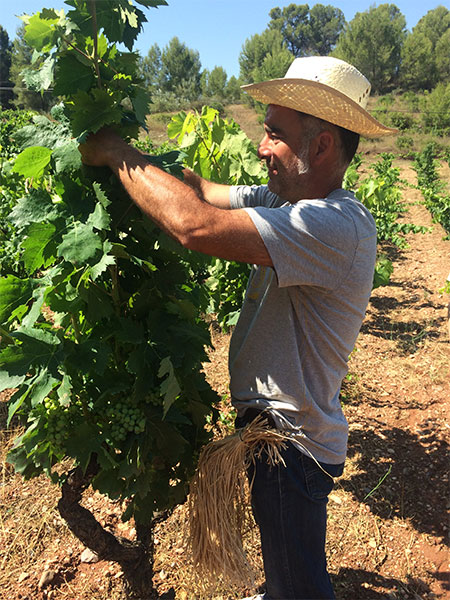

Orto
Joan Asens crossed from his native Montsant to Priorat where he managed viticulture for Alvaro Palacios for 18 years. Then he returned in 2009 to start this project with several childhood friends who had recently inherited old vineyards, helping them grow and make their wines under biodynamics (he teaches courses in the practice at the University of Falset). We’ve recommended several of his wines over the last few years, but never as many as this year, especially the 2014s from old-vine parcels, like the cool and zesty La Carrerada Samsó, from vines planted in 1956, or the Les Tallades de Cal Nicolau Picapoll Negre, an intriguingly dark-red wine with blackberry and coal-tar depths, from vines planted in 1870, now sustained by biodynamic farming. —J.G.
La Luz Selections, Portland, OR
Ribera del Duero
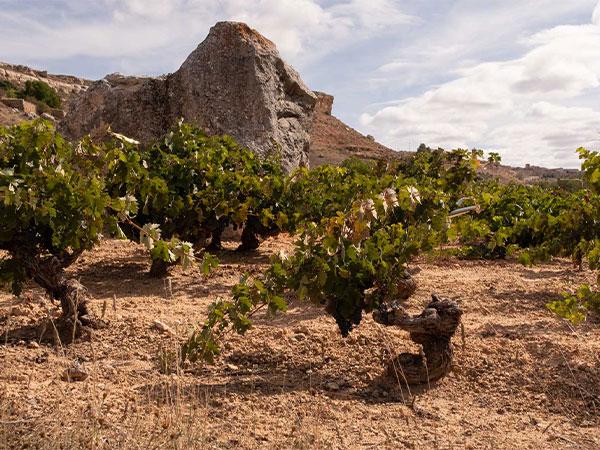

Atalayas de Golbán
Jaime Suárez, the winemaker at Dominio de Atauta in Soria, came to the domaine’s sister project in 2016. For Atalayas, he blends fruit from parcels of old vines (past 80 years) in Soria’s sandy soils with grapes from 40- to 50-year-old vines in the clay soils of Burgos. His 2016 Reserva Torre de Golbán was one of the top wines in our Ribera del Duero tasting this year, bright, invigorating and absolutely delicious. It was followed closely by the 2017 Crianza, also an east-meets-west blend (Soria to Burgos), a wine that stood its ground next to some legends of the region, and then turned out to be priced at $19. —J.G.
Aviva Vino, NY
United States
California | Sonoma County
Raft
When Jennifer Reichardt started her own label in 2016, she named it after the raft of ducks at her family’s farm in Sonoma County. She works with vineyards such as Love Ranch, organically farmed in the hills above the Central Valley town of Madera, and, closer to home, from Weed Farms in Sonoma’s Dry Creek Valley. That’s where she got the fruit for a 2019 Syrah with riveting scents of wild strawberries and rocks. Reichardt describes Weed Farms as “beyond organic,” with no spraying of any kind. Since the fruit has no disease protection, she harvests early, at 21 to 21.5 Brix. And then she ferments the fruit with no additions (until bottling, when she adds a little sulfur). At $28, it’s one of our Top 100 Best Buys. —J.G.
New York | Finger Lakes
Kelby James Russell
Kelby Russell’s day job is at Red Newt Cellars, on the east side of Seneca Lake, where he’s been winemaker since 2013. After spending several winters in the last decade in the summers of the southern hemisphere, working stages in New Zealand, Australia and Tasmania, he decided to found his own label to explore some of the lessons learned abroad. He focuses on rosé and cabernet franc as well as riesling—which was the wine that impressed us this year: From 2015, it spent time on lees, then much more time in bottle to offer a texturally compelling, bone dry homage to Australia. –P.J.C.
Oregon | Willamette Valley
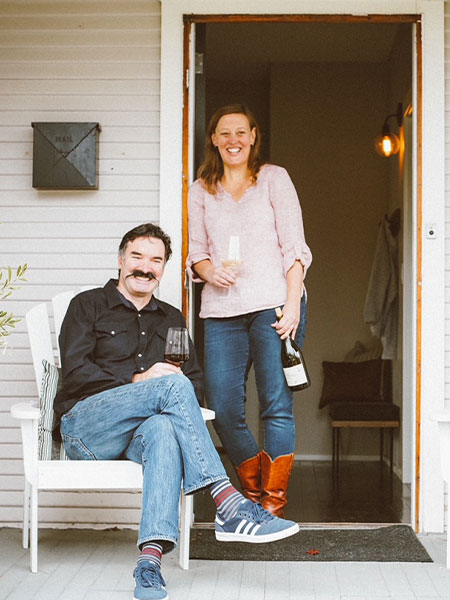

Matzinger-Davies
Matzinger-Davies is the small side project of husband-and-wife team Anna Matzinger and Michael Davies. Each can boast of impressive day jobs: Matzinger, now a consultant, served as winemaker and general manager for Archery Summit for 14 vintages; Michael makes the wines at Rex Hill and A to Z wineries. For their own label, they make pinot noir and chardonnay from the Willamette Valley, mostly vineyard designates, and two Columbia Gorge wines, a sauvignon blanc and a grenache, all of them elegant, lean and savory, reflecting their preference for cool, high, windswept, out-of-the-way sites. –P.J.C.
Washington | Walla Walla
Echolands
Apparently, Doug Frost—Master of Wine, Master Sommelier, Master of Spirits, educator, author, beverage director, wine judge and television host—felt he needed to pad his resume, so he’s added winery owner. After 30 years of visiting the Walla Walla Valley, Frost chose it as the place to found Echolands in 2018. He and winery partner Brad Bergman are developing two estate properties, and have planted 24 acres at Taggart Vineyard on the SeVein Hill. For now, they’re purchasing fruit from some notable sources, such as Les Collines and Seven Hills; their top wine, a grenache from Rivière Galets in the Rocks District, is uncharacteristically lean and tense for a wine from the Rocks. –P.J.C.
This story appears in the print issue of Winter 2021.
Like what you read? Subscribe today.

